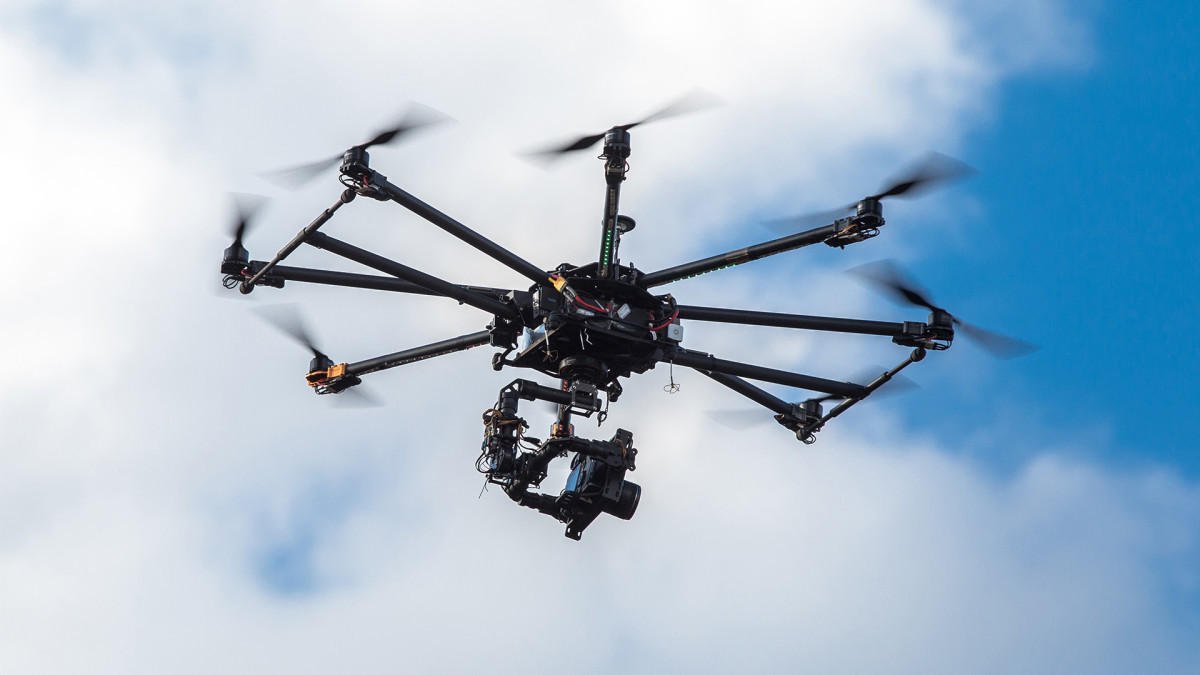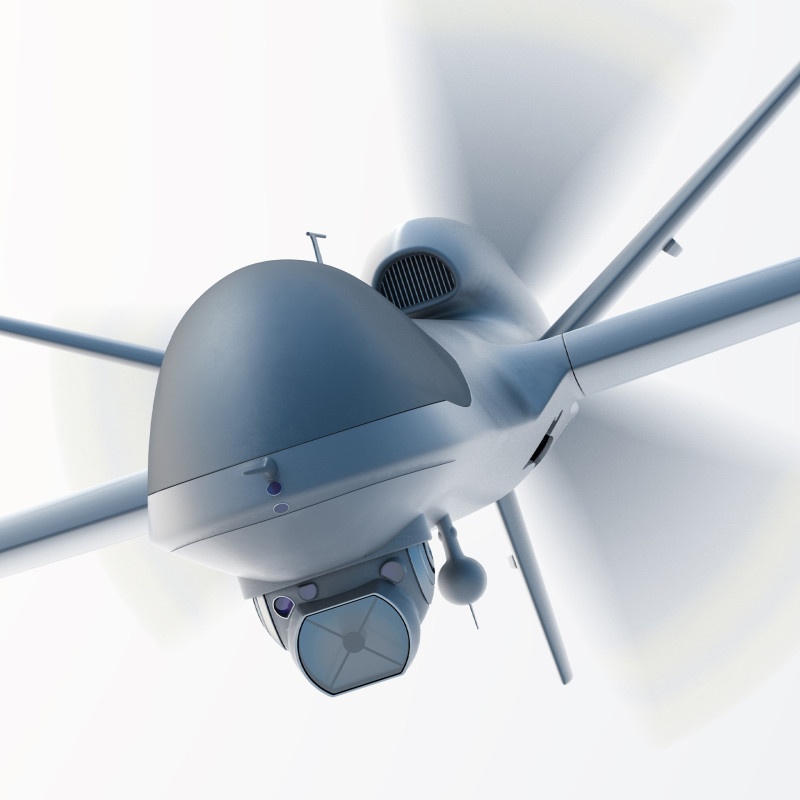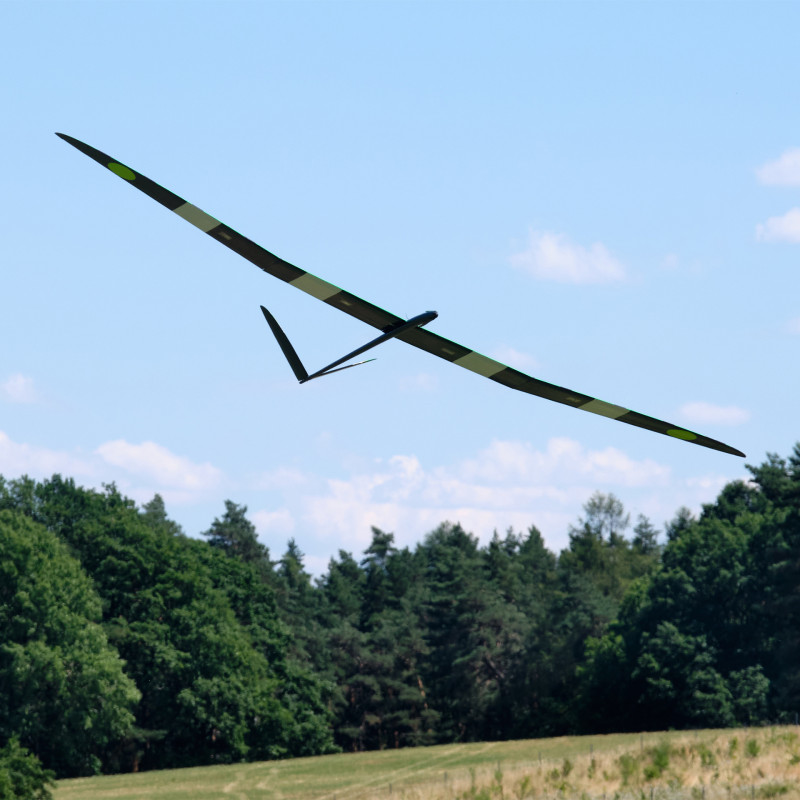Drones and Unmanned Flight

Carbon and glass profiles in unmanned flight
In flight, fibre-reinforced polymers have been used for quite some time now. The majority of the structural components of modern aeroplanes are made of composite materials. Particularly the good mechanical properties combined with the low weight enable a considerable reduction in weight.
Weight has always been a determining factor. In view of increasingly expensive fuel and environmental pollution, the importance of low-weight materials has become a critical issue and the benefits of using them has become hugely advantageous.

